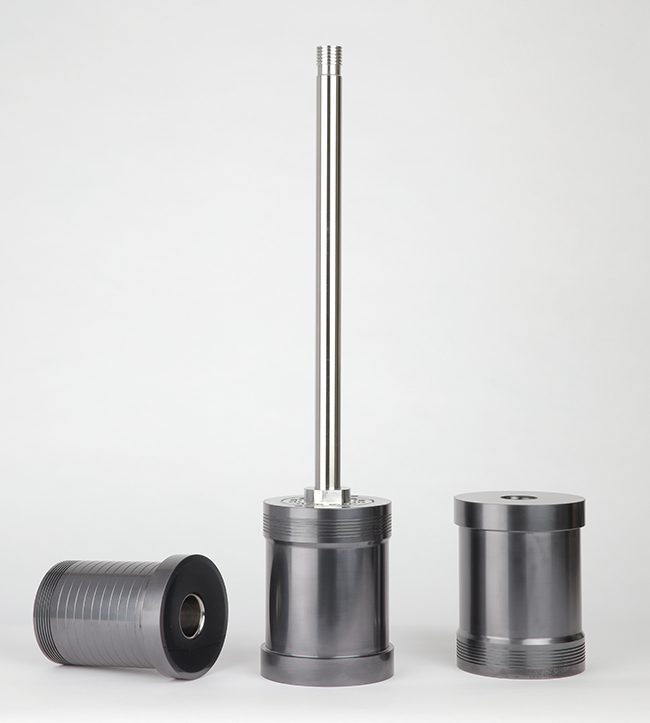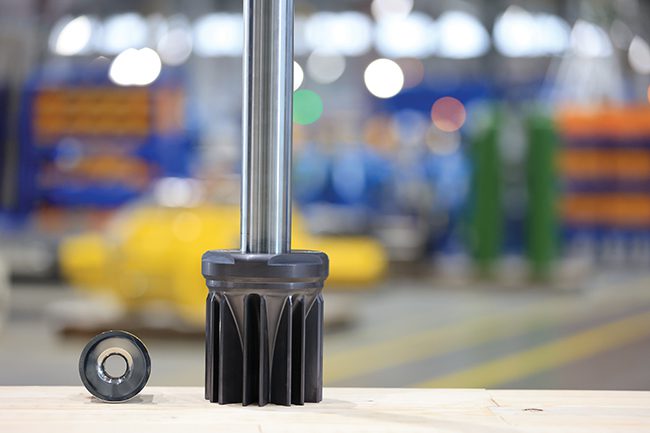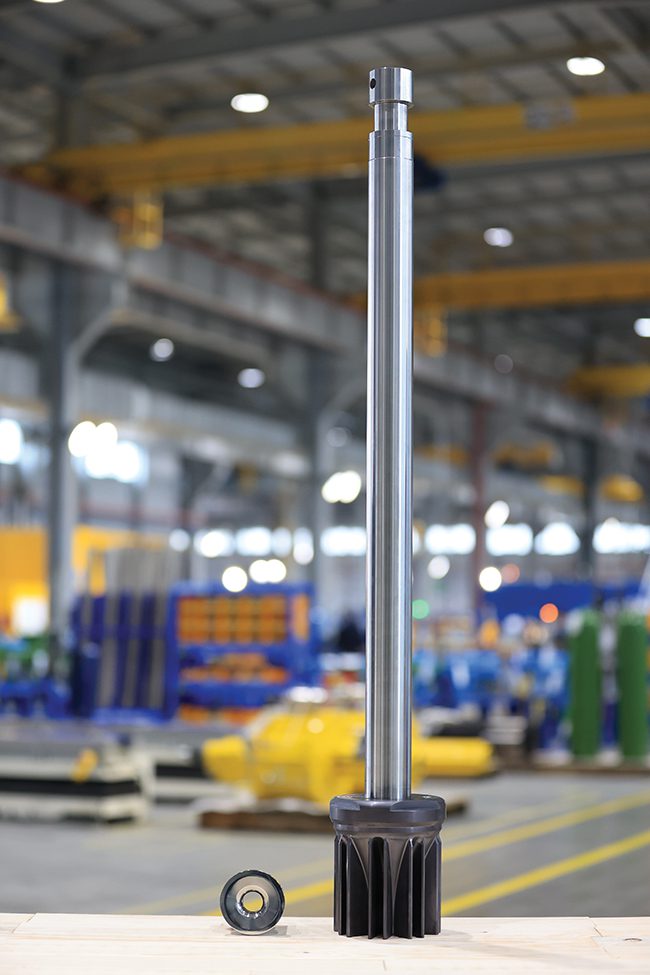Managing Wet Steam to Maximize Plant Uptime
Valves in production plants are exposed to incredibly hazardous operating conditions each day, which are further magnified by pressurized and erosive wet steam. Proper valve specification and maintenance are vitally important in helping plant management teams to mitigate chronic problems.
Rising natural gas prices have seriously impacted production across the world over the past 18 months. In 2022, for instance, U.S. natural gas futures jumped by 48% in a month, hitting $8.007 per million British thermal units. The European Union also reported similar findings, with all 25 member states that provide updates on gas prices documenting year-on-year non-household rises ranging from 45% to 283% in the second half of 2022. Volatility is also expected in the UK after National Grid announced coal plants that supplemented the country’s power infrastructure last winter are being decommissioned, with imported gas making up potential shortfalls.
Continually rising gas prices have further heightened the impact of inefficient processes and unplanned downtime within the power industry. Consequently, all plant activity, from steam conditioning to pre-warming processes, is subject to increasing scrutiny, with valves in particular coming under the spotlight.
Small Valves, Big Impact
Given that power plants can comprise hundreds of these components, flow control is a critical starting point for any plant manager looking to increase efficiency and uptime. These valves operate in a highly hazardous environment, handling high pressures, temperatures, and erosive risks during daily operation. As such, resilience is expected as standard.
Yet, as hardy as they are designed to be, both wear and tear, and maintenance and replacement works, are built into day-to-day plant operations. However, at a time when process costs are rising, any factor that increases the rate of deterioration must be identified and addressed. Most prominent among these is the issue of wet steam.
Otherwise known as flashing condensate, wet steam occurs when saturated steam and condensate water molecules combine. This is often the result of insufficient plant drain arrangements, incorrect bypass operation, improper valve calibration, or inadequate pre-warming processes. Regardless of its origin, the effect of wet steam remains the same—the erosion of trim components used in critical service applications, hampering productivity.
Domino Effects
Flashing condensate can damage the component’s plug and seat sealing surfaces. This ensuing erosion is a significant cause of steam leakage. In turn, this sees rising downstream temperatures, with spray water valves operating at lower openings and water valve trims becoming eroded (Figure 1). Downstream pipe cracking occurs as a result.
 |
|
1. The consequences of steam leakage can be far-reaching, affecting downstream temperature control, spray water valves, and overall system integrity. Courtesy: IMI Critical Engineering |
Alongside physical damage, the consequences of steam leakage can include a loss of operator control—a potentially catastrophic situation in power plants reliant on unchanging conditions during production. Similarly, flashing condensate may lead to excessive noise and vibration that can increase energy loss and heat rate, further driving up consumption.
The shift of sustainability from a preference to a priority further underlines the impact of wet steam erosion across power plants. With some nations now obligated by law to hit net zero emissions within a certain timeframe, the issue of damaged valves, magnified at scale, may have an outsized effect on carbon footprints, if not addressed quickly.
Taking Remedial Action
Remedial action for damaged components has often involved removing the valve’s cover and replacing its internal parts. Yet, this puts the plant back at square one, if underlying processing issues are not addressed. This fix is also expensive, as key plant machinery may have to be taken offline for repairs and maintenance.
The ensuing lost productivity and cost of replacing parts may actually be more expensive than keeping the initial, inefficient valve operational. Indeed, repeated at scale over an entire facility, single incidents like these can significantly impact the company’s bottom line. Accounting for the fact that major works to address these site problems—including adding drains to existing pipework—are also often ruled out due to costs and logistics concerns, more innovative strategies are required.
Minimizing Sealing Surface Contact
One effective way of doing so is to ensure that any condensate has minimal contact with sealing surfaces. It is this thinking that led to the development of IMI Critical Engineering’s EroSolve Wet Steam trim upgrade (Figure 2), which delivers an improved valve plug-stem assembly (Figure 3), cage, and seat ring. The solution’s use of specially engineered sealing surfaces and erosion-resistant hard-facing materials allows it to minimize the impact of wet steam droplets while enhancing trim life.
 |
|
2. IMI’s novel bypass valve design greatly reduces the problems associated with steam valve passing and leakage. Courtesy: IMI Critical Engineering |
Crucially, this technology can be easily implemented in any make of control valve. While EroSolve Wet Steam’s wide-ranging applicability is a key strength—it can be implemented without changing the component’s body, bonnet, or actuator—it is still highly recommended that facility managers work with suppliers to most effectively deploy the solution within the plant environment.
 |
|
3. The EroSolve wet steam solution is applicable to coal-fired power, combined cycle power, combined heat and power, and process plants. Courtesy: IMI Critical Engineering |
In fact, considering the increasing pressure on industry to do more with less, stakeholders should be leveraging supply chain expertise more than ever. Conversely, suppliers must be able to provide increasing levels of support, training, and development to help unfamiliar maintenance and repair teams develop a deeper understanding of critical components, including valves.
For example, by deploying technical experts onsite such as IMI’s Valve Doctors to analyze ongoing operations, a more granular, tailored approach to maintenance can be established. Ultimately, more effective troubleshooting can result in greater insight into how to alleviate issues such as condensate flashing.
Simple Solutions to Complex Problems
Most traditional solutions to the problems posed by wet steam do not provide any added long-lasting benefits, as erosion will remain a constant, cyclical concern, if the true cause is not properly addressed. Additionally, fully replacing valves within a demanding production environment poses its own problems, with the downtime required often proving more expensive than the hardware itself.
The difficulties and costs posed by this strategy make inaction too risky for most to consider. Welding the valves inline also creates similar problems, as there are substantial additional costs incurred through the engineering, scheduling, cutting, and re-welding process, as well as during post-weld inspection. However, replacing the trim with an innovative solution, such as EroSolve Wet Steam can delay degradation and extend valve lifetimes in conditions where erosive wet steam is common.
—Stanley Jayaseelan is manager of IMI Critical Engineering’s Growth Accelerator Programme Initiative.